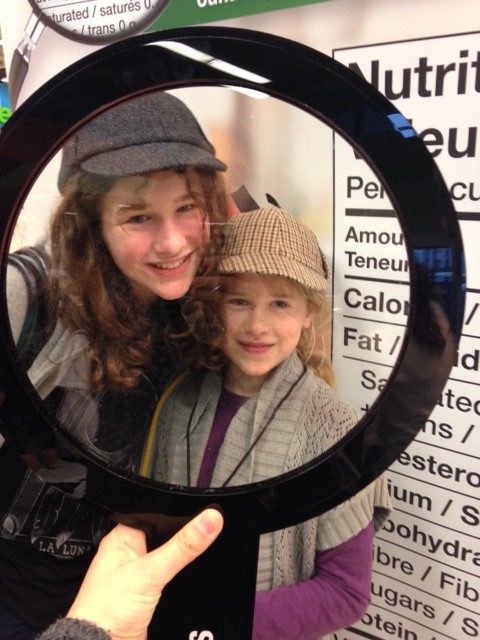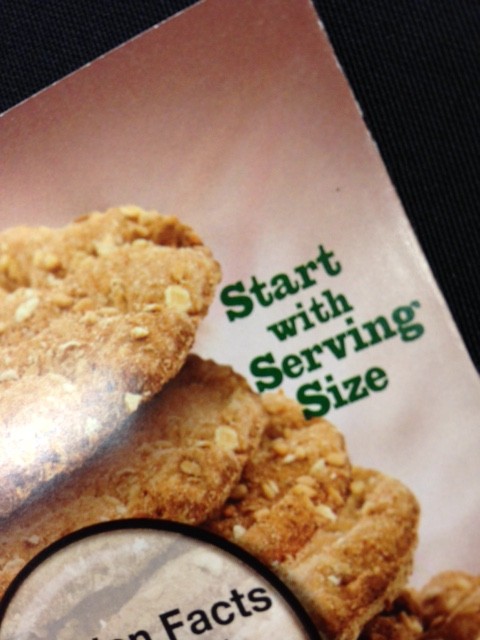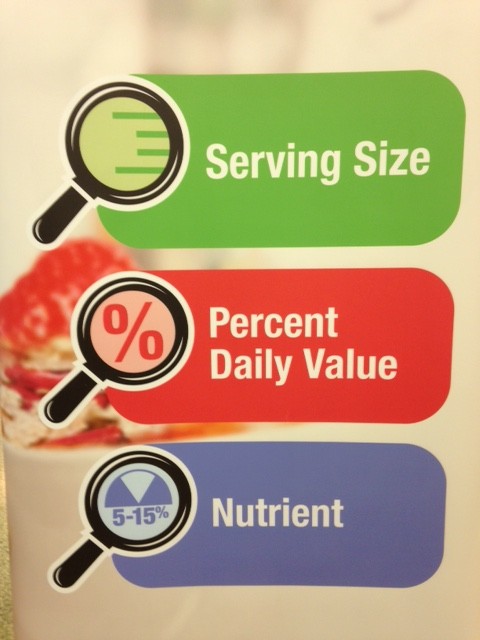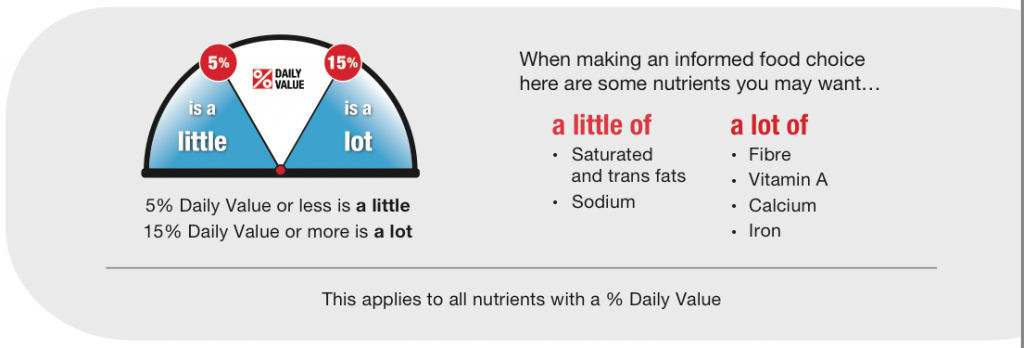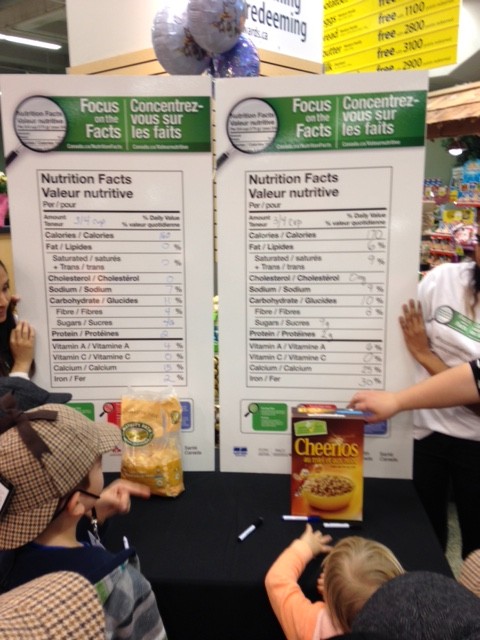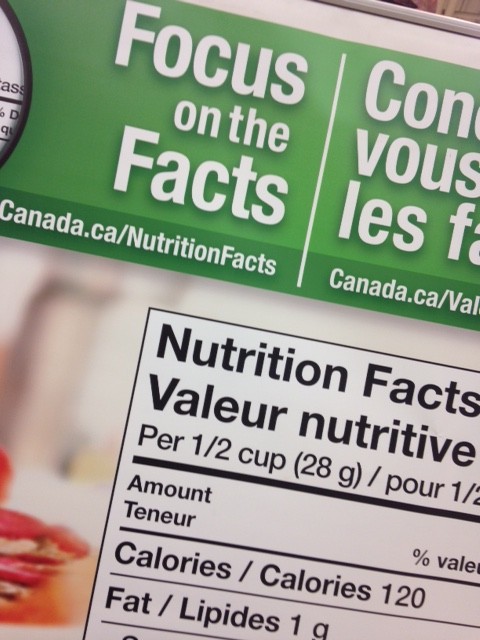In general I like to think that our family makes healthy choices and that my kids have a pretty good idea of what is good for their bodies vs what “isn’t”. We grow a lot of our own food, and live on an island filled with farm stands and fresh pickings, but reality is that we also need to hit the grocery store to load up on other items.
One can not live on carrots alone.
So when I had the chance to bring my girls to a Focus On the Facts Nutrition event at Save-On-Foods I was intrigued. My girls are 10 and 12, and the prefect age to not only understand the HOW of finding out the value of our food, but also the WHY. I am a believer in giving my kids the foundational information they need to live a long and healthy life, and this was going to be a vital piece.
First, the WHY.
Canada Nutrition is as passionate about our kids learning about health and wellness as I am. They want to encourage families to look closely at the food their are purchasing and make the best nutritional decisions possible. Not only will this stretch the dollars spent, but will fill those growing Canadian bodies with the RIGHT nutrition… as much as possible anyway.
And where does one start to do that? Why with serving size of course.
Serving Size: Start with Serving Size. Information in the NFt is based on this quantity of food. If you eat a different amount than the Serving Size, you will need to adjust the numbers in the NFt. Check to see if the Serving Sizes are similar when comparing packaged food.
What does this mean?
On each package of food it will tell you a recommended servicing size. (Usually this is HALF the size that I think a serving should be, but that is another story)
If you are comparing products, ensure their serving sizes are EQUAL, or apply some serious math skills to make them work out the same.
Next, look at Percent Daily Value: Use % DV to see if a Serving Size has a little or a lot of a nutrient. Use % DV to compare packaged food.
These numbers will represent the % value of the nutrients in the product. We all probably know there are various ones we want LOW and others we want HIGH… this is where you will find that info.
After that, focus on the Nutrient Percentage:
5% DV or less is a little and 15% DV or more is a lot. Choose packaged food that has more of the nutrients you want, like fibre and calcium, and less of those you don’t, like saturated and trans fats and sodium. The main things to remember here are 5% and 15%!
- 5% of the things you want in there is a SMALL amount… and you should look for foods with MORE daily value.
- 15% of the things you DON’T want is A LOT and you should look for foods with LESS daily value of the bad stuff than that!
Of course, 15% of the good stuff, like fibre, and vitamins, calcium and iron is GOOD!! Just make sure you aren’t filling your body with 15% of saturated fats and sodium. Yikes!
The BEST way to make good choices at the grocery store is to start COMPARING your foods. Choose 2 packages of pasta, and before one goes in your basket, compared the serving size, daily value and nutrient percentage. The one that comes out on top, goes in your basket and home to your family.
Learn more about how to measure the value of nutrition and about the resources for Canadians right here and then visit the Focus on the Facts website to ENTER TO WIN a $300 grocery gift card so it is even EASIER to fill your basket with healthy choices.
But most importantly, the next time you go grocery shopping, bring your kids along. I know that is probably the LAST thing that you want at this stage, but by taking a few extra minutes to show them what you know about making healthy choices and assessing the nutritional value of the foods you choose you can start to teach them a better way. Getting the RIGHT foods into them now will set them on a better path for the future.

